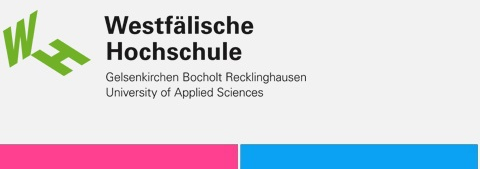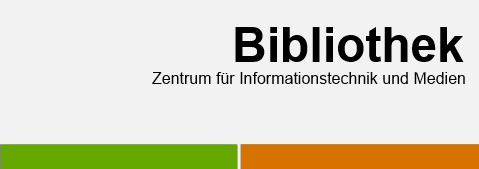- We propose a quantum-mechanical model to calculate the current through a single molecular junction immersed in a solvent and surrounded by a thin shell of bound water under an applied ac voltage. The solvent plus hydration shell are captured by a dielectric continuum model for which the resulting spectral density is determined. Here the dielectric properties, e.g., the Debye relaxation time and the dielectric constant, of the bulk solvent and the hydration shell as well as the shell thickness directly enter. We determine the charge current through the molecular junction under an ac voltage in the sequential tunneling regime where we solve a quantum master equation by a real-time diagrammatic technique. Interestingly, the Fourier components of the charge current show an exponential-like decline when the hydration shell thickness increases. Finally, we apply our findings to binary solvent mixtures with varying volume fractions and find that the current is highly sensitive to both the hydration shell thickness as well as the volume fraction of the solvent mixture, giving rise to possible applications as shell and concentration sensors on the molecular scale.




